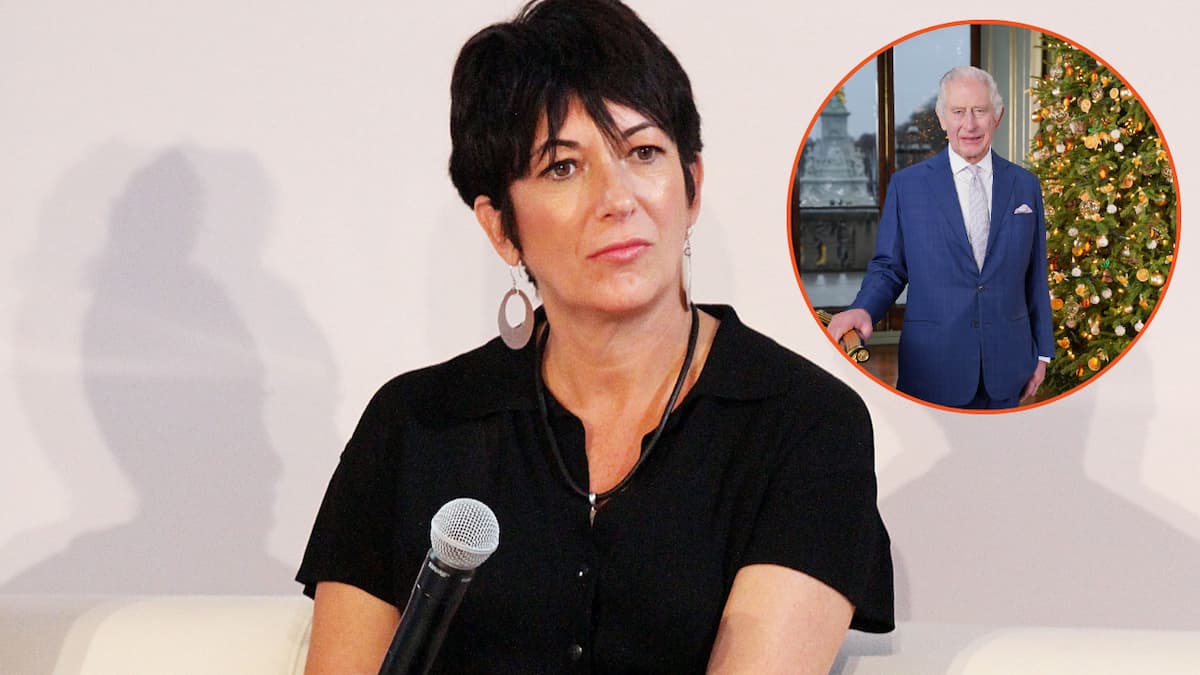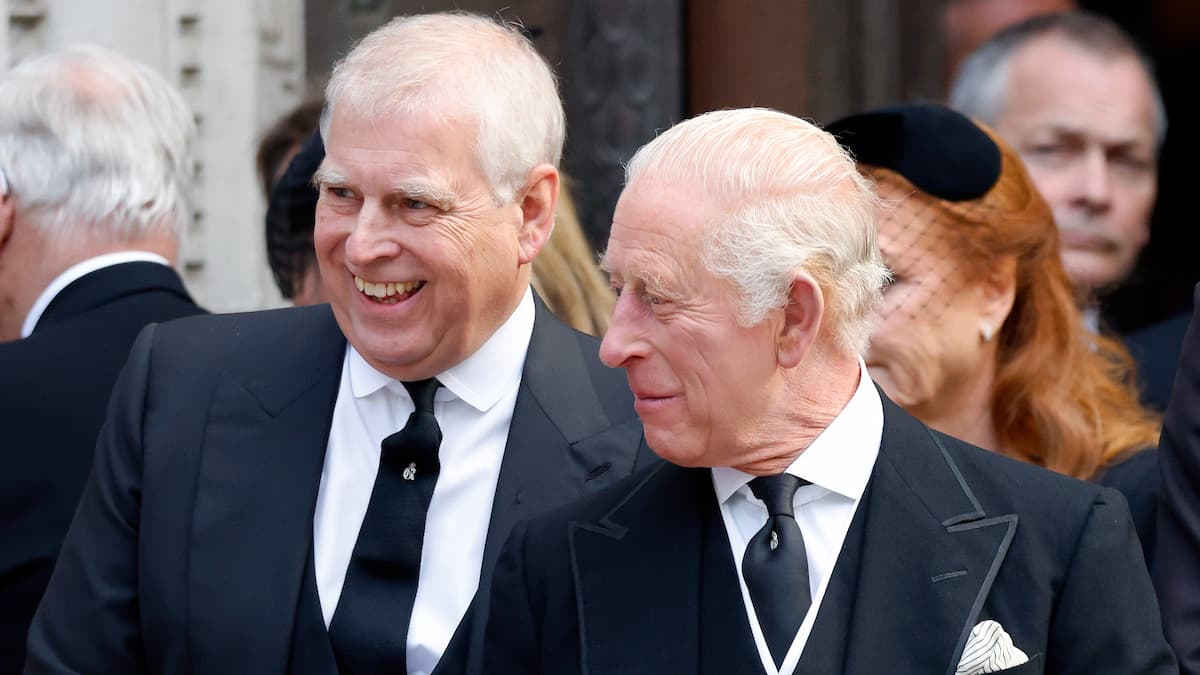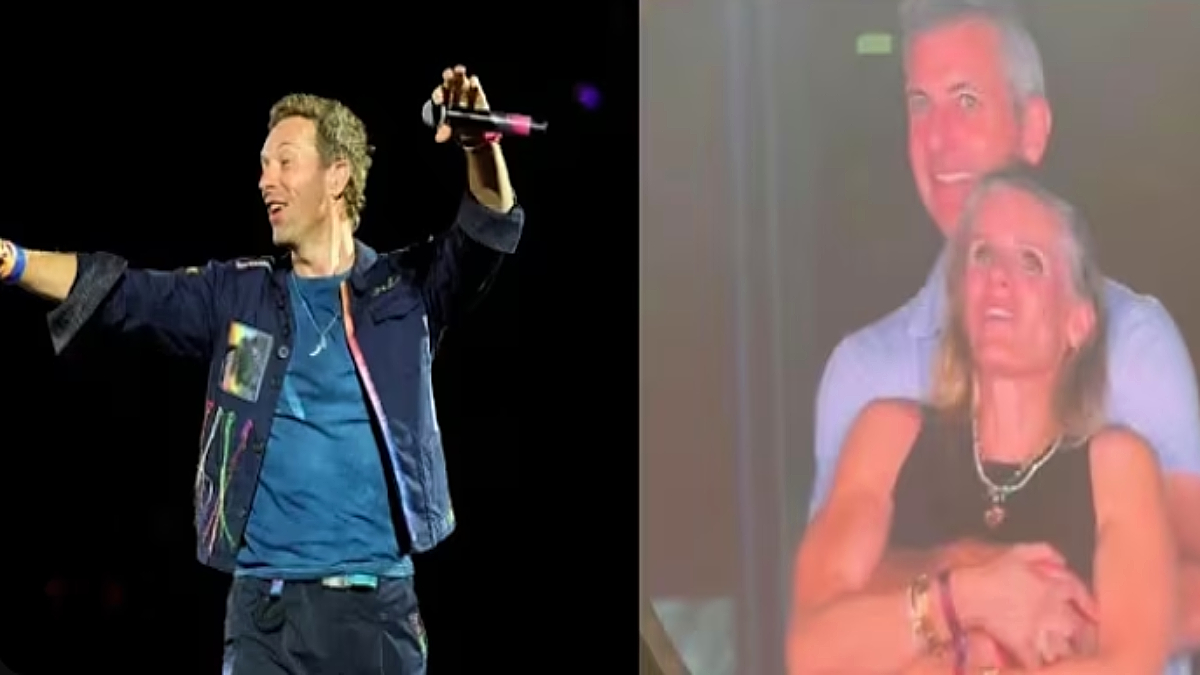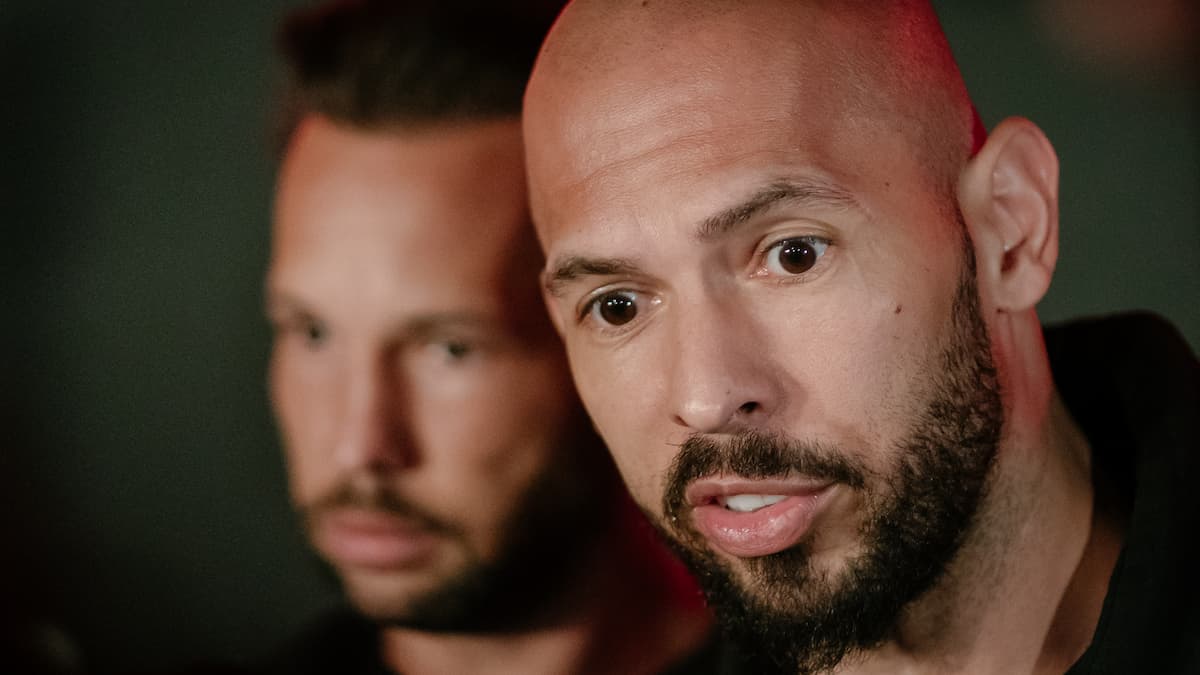Each time a fresh Christopher Nolan flick arises to dominate the box office, the same complaint rears its head.
Nolan is a celebrated director, and a string of award-winning hits certify his dominance of the box office. He’s part of the talent behind box office behemoths like Inception, Dunkirk, The Dark Knight, and Interstellar, and his latest award-winner (we’re sure) is currently headed to theaters in the form of Oppenheimer.
The highly-anticipated flick releases to theaters on July 21, and early reviews rave about the skillful, entertaining way it brings an infamous story to the big screen. That same complaint is already starting to emerge, however, as audiences look ahead to their viewings, and worry that they won’t be able to understand Nolan’s notoriously challenging audio. Its not that his audio is bad, per se, but many people find themselves struggling to understand dialogue — some of which is vital to complex plot lines. There’s actually a purposeful reason behind this trend, and one that Nolan is entirely aware of.
Christopher Nolan’s approach to dialogue
Nolan takes a unique approach to audio, and one that isn’t shared by many of his movie-making colleagues. See, Nolan believes that audio is just one small part of the storytelling experience, and he seeks to make his flicks as realistic as possible. The result? Occasionally inaudible dialogue, as he realistically uses masks, ambient noise, and various background interference to beef up the authenticity of his releases.
That’s why you’ll often find yourself struggling to understand a quiet, private conversation between a pair of his characters — in real life, you’d struggle too. The same can be said for his characters who converse in particularly noisy environments, or past restricting masks, and only manage to convey 50 percent of their dialogue to the audience.
These issues tend to be less prevalent in theaters, as the audio systems there are made to handle a wide range of audio challenges, but at home, many viewers are left in the dark through vital, informative scenes and key dialogue moments.
Despite the fact that Nolan is well aware of this prevailing issue, he’s not looking to change it any time soon. He’s even said as much, which led theaters to display signs during Interstellar‘s run noting that, yes, Nolan intended to put an emphasis on music and no, the audio isn’t broken. He just likes to keep things a bit inaudible at times.











Published: Jul 18, 2023 11:26 am